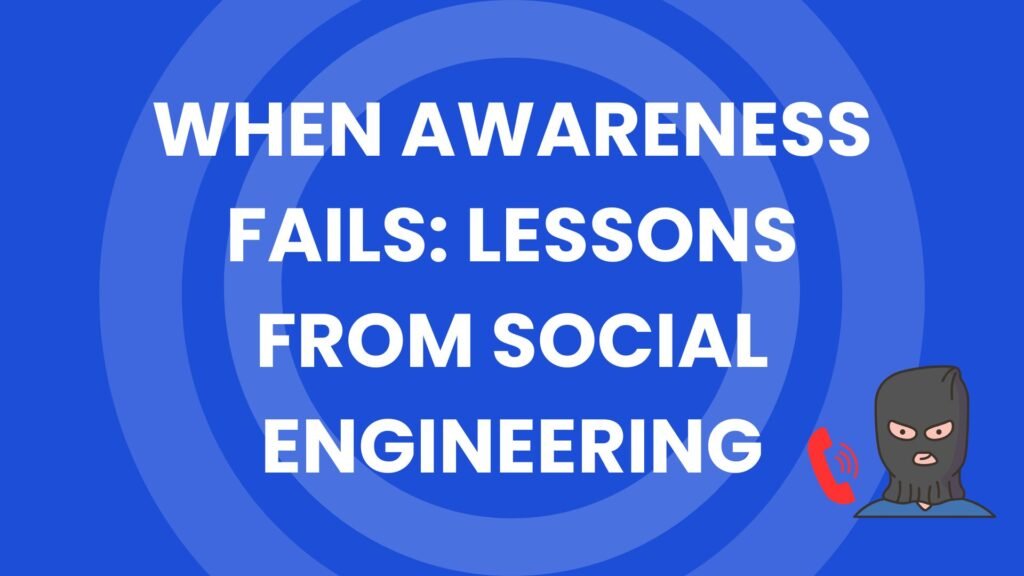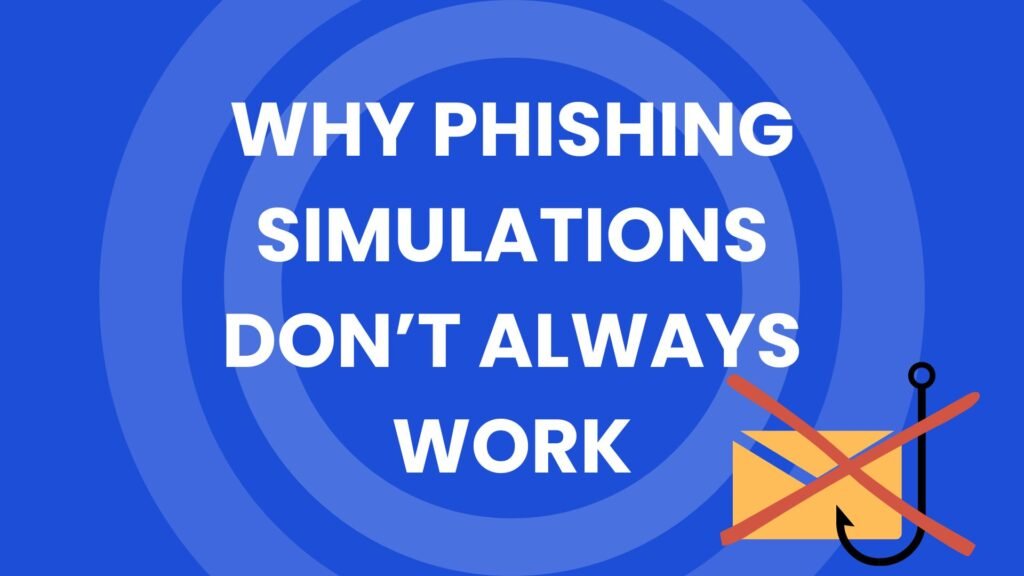One such example is Kevin Mitnick, a hacker who tricked employees into handing over sensitive information, all by exploiting gaps in awareness. Kevin wrote several books about taking advantage of people to get access to digital information. It’s a powerful reminder that even the best technology can’t protect us from a lack of vigilance.
The Human Element in Security
We often think of cyberattacks as highly technical—hackers typing furiously, breaking through digital defenses. But in reality, many attacks start with a phone call, an email, or a seemingly innocent request. Why? Because humans are the easiest entry point.
Take the case of a hacker who called help desks pretending to be an employee who forgot their password. The result? Instant access, no coding required. It’s not that people don’t care about security—it’s that they don’t always recognize when they’re being targeted.
The Gaps Hackers Exploit
Here’s the thing: awareness isn’t just about knowing that hackers exist. It’s about understanding the tactics they use:
- Urgency: “I need this now, or something bad will happen!”
- Trust: “I’m calling from IT; I just need your login to fix an issue.”
- Laziness: Relying on default behaviors, like sharing a password over email or propping open a secure door.
Hackers don’t need to work hard—they just need us to not think twice. And when awareness fails, it creates opportunities for them.
The Cost of Complacency
When awareness isn’t prioritized, it can have massive consequences:
- Data breaches: A single leaked password or sensitive email can lead to massive leaks.
- Financial loss: Falling for a fake invoice or wire transfer scam can cost organizations millions.
- Reputation damage: A phishing attack on one employee can ripple out to affect customers, partners, and the entire organization.
The true cost of a lack of awareness isn’t just financial—it’s the trust and time lost trying to repair the damage.
Building Awareness That Works
So, how do we stop this? The key isn’t just throwing more technology at the problem—it’s equipping people with the tools to recognize and resist these tactics. Awareness training shouldn’t be complicated or overwhelming. In fact, the simpler and more relatable it is, the more effective it becomes.
Awareness in Action
Imagine if every employee could instantly recognize a phishing email or a suspicious phone call. Imagine if locking your screen or keeping sensitive information out of sight became second nature. These small, everyday actions add up to a culture of security that no hacker can penetrate.
Awareness Is Our First Line of Defense
The best technology in the world won’t stop someone who clicks the wrong link or shares the wrong detail. That’s why awareness is the foundation of cybersecurity. By making it simple, accessible, and practical, we can empower people to become the strongest link in the security chain—not the weakest.





